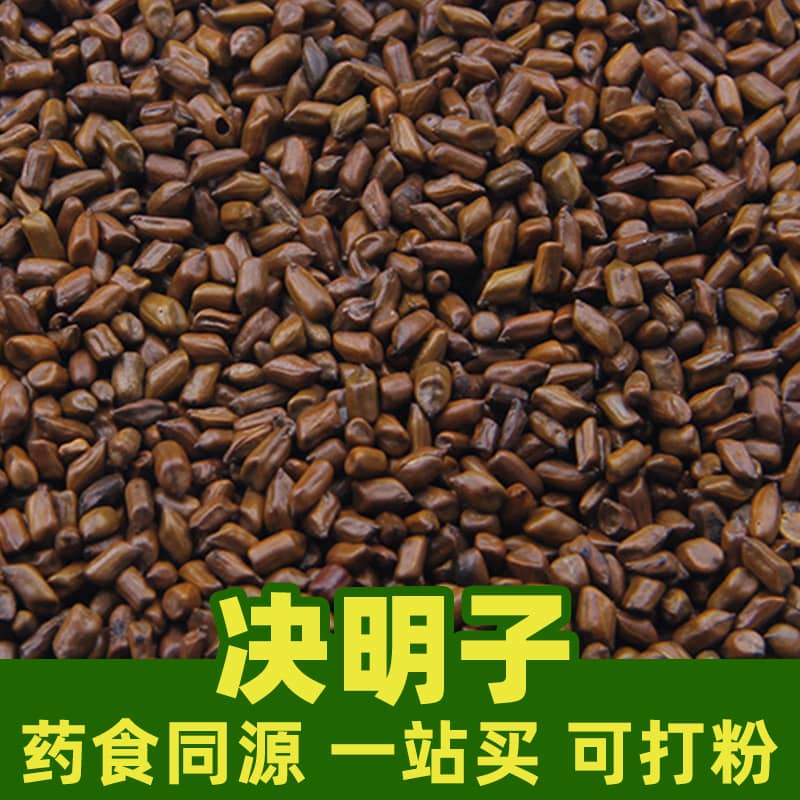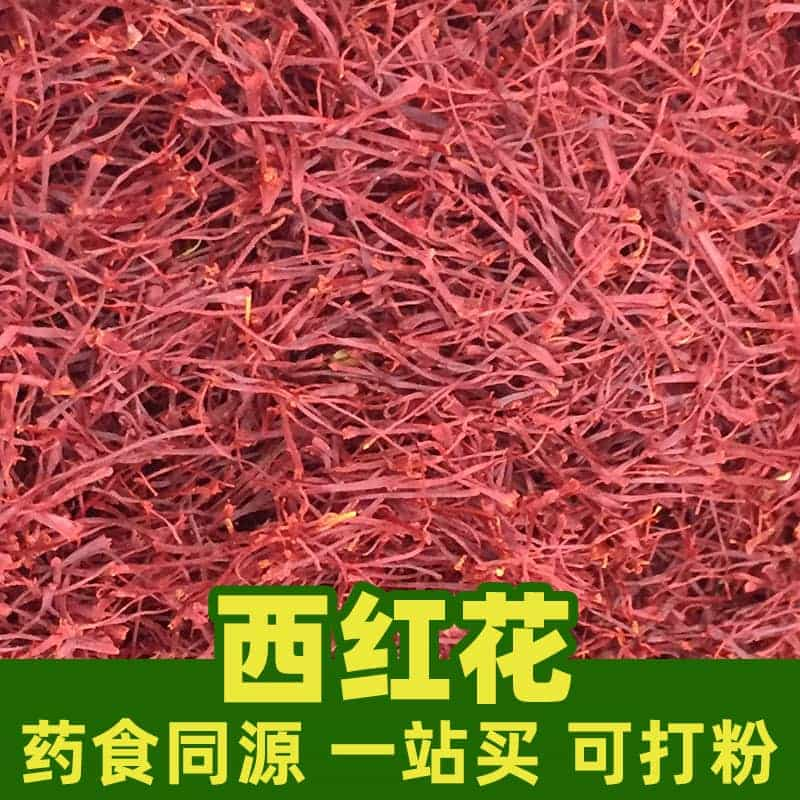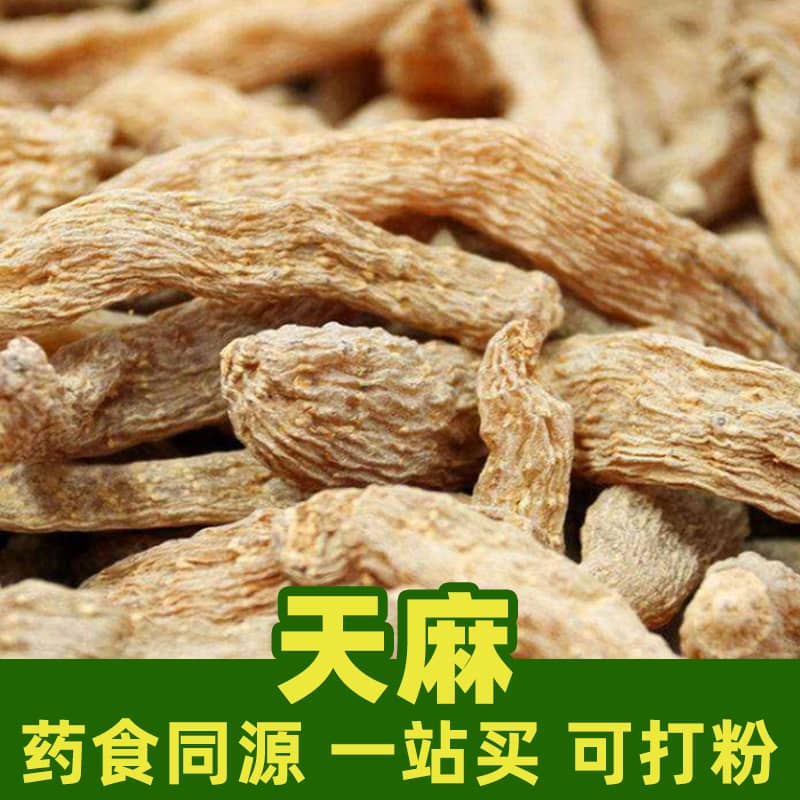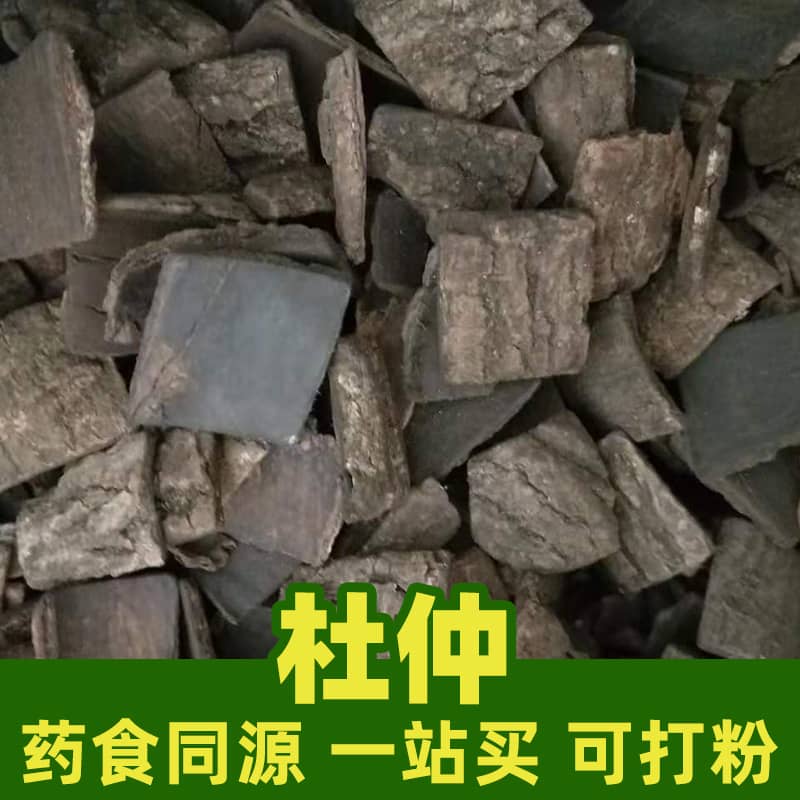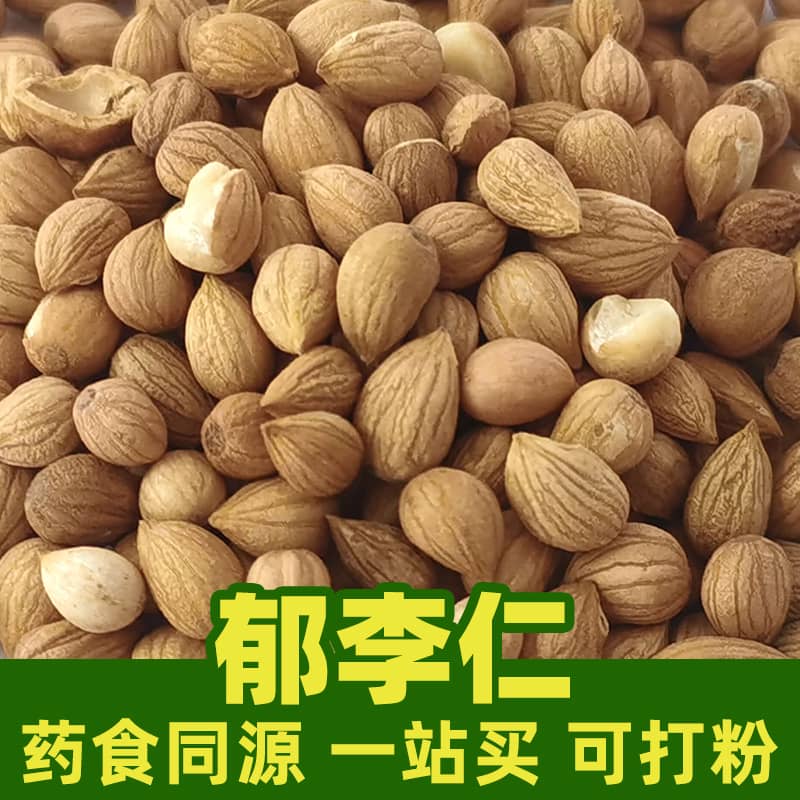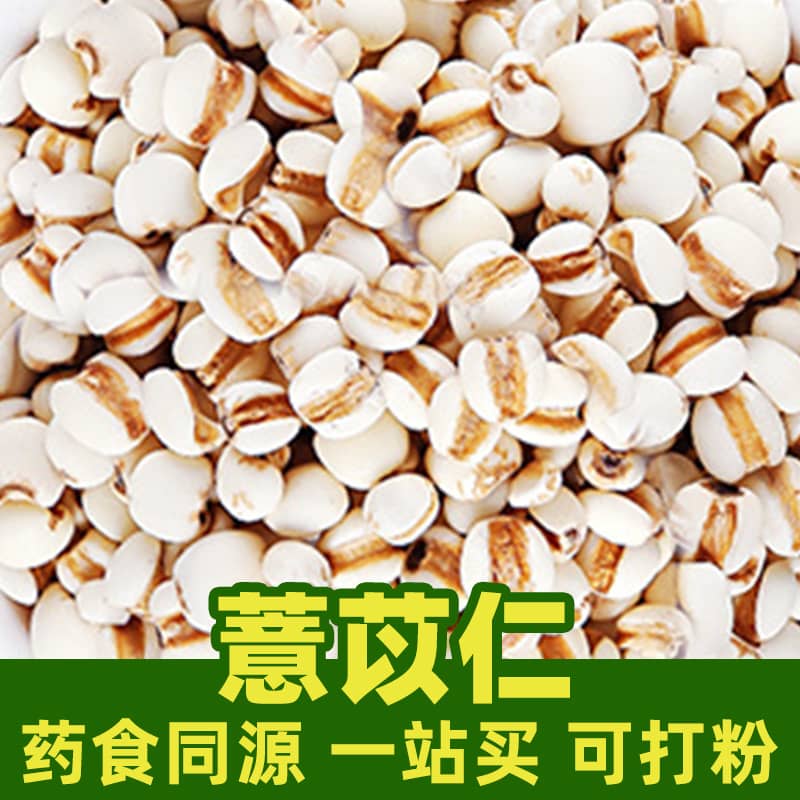Product Introduction
Kudzu root is the root of the kudzu vine, appearing as long strips. The outer surface is light yellow to brownish, with longitudinal stripes, firm texture, and easily breakable. The cross-section is white or light yellow.
Kudzu root comes from the kudzu vine (Pueraria lobata), a leguminous plant primarily found in China, Japan, and other Asian regions. It is a common climbing vine that prefers growing in mountainous areas, riversides, and open forest edges.
Main Active Ingredients
Kudzu root contains various active compounds, including isoflavones (such as puerarin and daidzin), flavonoid glycosides, proteins, polysaccharides, and essential oils. Isoflavones are the primary active components, offering various pharmacological and medicinal benefits.
Puerarin is an important isoflavone compound known for enhancing immunity, antibacterial, and antioxidant properties. Daidzin has blood pressure-lowering and vasodilatory effects, making it widely used in cardiovascular health.
Application Scenarios and Usage
Kudzu root is widely used in herbal medicine. Common application scenarios and usage include:
Fever and Colds
Kudzu root has heat-clearing and detoxifying properties, commonly used to treat fever and colds. It can be decocted in water for drinking to reduce fever and clear heat. It may also be used in combination with other herbs as recommended by a doctor to make medicinal formulations.
Dosages vary depending on individual conditions and symptoms. It is best to use kudzu root under the guidance of a traditional Chinese medicine practitioner or doctor.
Source Plant Introduction, Distribution, and Growth Environment
The kudzu vine (Pueraria lobata) is primarily found in China, Japan, and other Asian regions. It is a common climbing vine that prefers growing in mountainous areas, riversides, and open forest edges. The kudzu vine has strong vitality and adaptability.
The kudzu vine has high economic and medicinal value. Both the root and the stems and leaves are used in the pharmaceutical and food industries.
Harvesting, Processing, and Storage
Harvesting
Kudzu root is generally harvested in early spring or late autumn. After harvesting, it needs to be cleaned and impurities removed. The root is usually cut into sections and then dried or roasted for further processing and use.
Storage
Kudzu root should be stored in a cool, dry place, avoiding direct sunlight and moisture. It is best kept in sealed containers to prevent moisture ingress. Proper storage ensures kudzu root maintains its quality and medicinal properties.
Monica Sun is a seasoned expert in the natural raw materials industry, with over a decade of experience specializing in traditional Chinese medicinal herbs, spices, and fungi. She is skilled in the sourcing, processing, and application of these materials, emphasizing sustainability and innovation. Monica Sun has contributed to the development of high-quality natural raw materials that serve as essential components in functional foods, pharmaceuticals, and cosmetics, delivering tailored solutions to meet diverse market needs.









